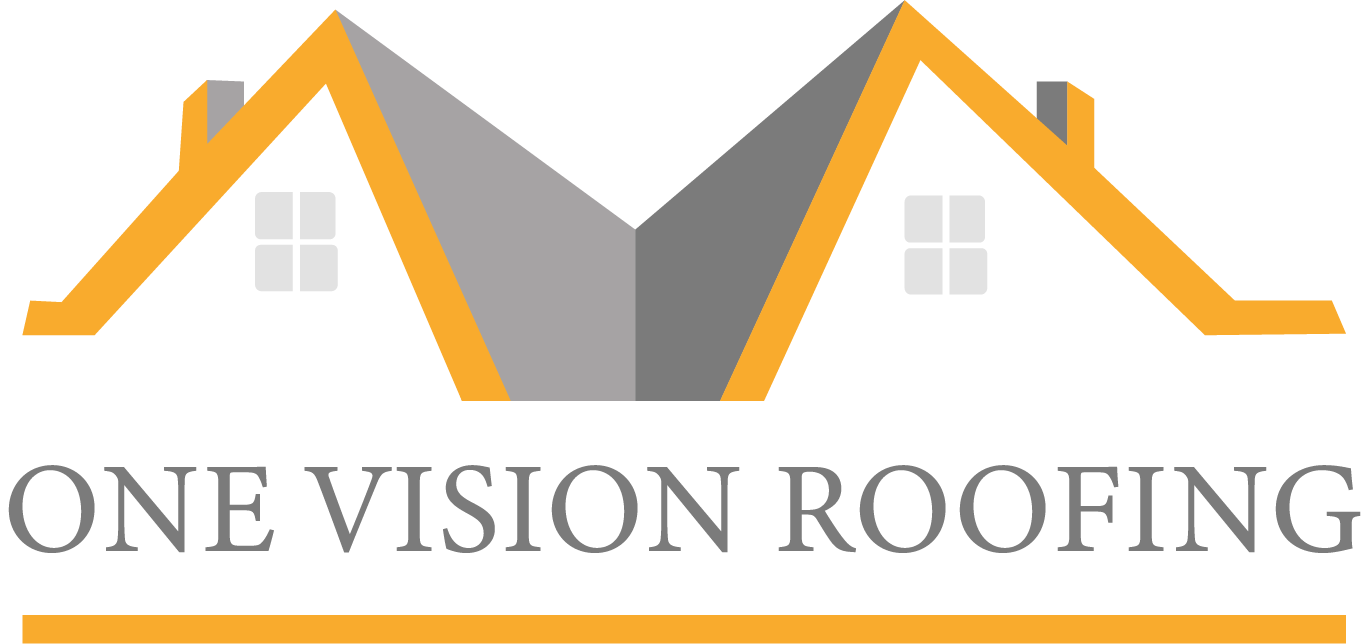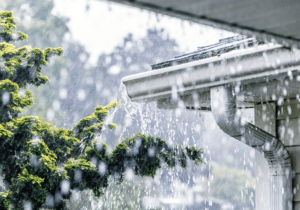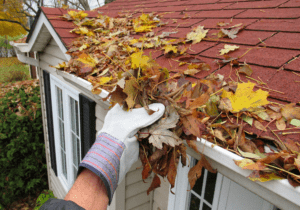When it comes to safeguarding your home, your roof is your first line of defence against severe weather. As a homeowner, ensuring that your roof is in optimal condition can save you from future headaches and costly repairs. This blog post will walk you through the essential steps for proactive roof maintenance, helping you prepare for severe weather and protect your investment.
Understanding Severe Weather’s Impact on Roofs
Severe weather can wreak havoc on your roof, and understanding its impact is the first step in preparing for it. Whether it’s heavy rain, strong winds, hail, or snowstorms, each type of weather poses unique challenges to your roof’s integrity.
 Heavy Rain
Heavy Rain
Heavy rain can lead to leaks and water damage if your roof isn’t properly maintained. The constant pounding of rain can wear down shingles, especially if they’re already weak or damaged.
Strong Winds
Strong winds can lift shingles and cause them to detach, leaving your roof vulnerable to further damage. Winds can also drive debris onto your roof, causing punctures or cracks.
Hail
Hailstorms can cause significant damage by denting or cracking shingles. The size and speed of hailstones can vary, but even small hailstones can create problems over time.
Snowstorms
Snow accumulation can lead to ice dams, which prevent water from properly draining off your roof. The added weight of snow can also strain your roof’s structure, leading to potential collapse in extreme cases.
Statistics and Case Studies
Statistics emphasize the importance of being proactive. According to the Insurance Information Institute, wind and hail accounted for nearly 40% of all property damage insurance claims in the United States. Case studies have shown that homes with well-maintained roofs experience less damage and lower repair costs following severe weather events.
Signs of Roof Damage
Knowing the signs of roof damage is crucial for early detection and repair. Regular inspections can help catch issues before they escalate.
Visual Signs
Missing or Damaged Shingles: Look for missing, cracked, or curled shingles. These are clear indicators that your roof needs attention.
Granule Loss: Check your gutters for granules. Shingle granules protect your roof from UV rays, and their loss can indicate aging or damage.
Water Stains: Water stains on your ceiling or walls suggest leaks. Addressing these immediately can prevent further damage.
Structural Signs
Sagging Roof: A sagging roof indicates structural damage. This is a serious issue that requires immediate professional assessment.
Mould and Mildew: Mould and mildew growth can signify trapped moisture. This can weaken your roof’s structure and pose health risks.
Rusty Flashing: Flashing around chimneys, vents, and skylights can deteriorate over time. Rusty or damaged flashing can lead to leaks.
Importance of Regular Inspections
Regular roof inspections are essential for catching issues early. Experts recommend inspecting your roof at least twice a year, preferably during spring and fall. Additionally, inspect your roof after severe weather events to ensure there are no hidden damages.
Proactive Maintenance Tips
Being proactive with roof maintenance can extend its lifespan and ensure it withstands severe weather.
 Clearing Debris and Maintaining Gutters
Clearing Debris and Maintaining Gutters
Debris like leaves, branches, and dirt can accumulate on your roof and in your gutters, preventing proper drainage. Clean your roof and gutters regularly to avoid water buildup and damage.
Trimming Trees Near the Roof
Overhanging tree branches can scrape and damage your roof during strong winds. Trim trees near your roof to minimize the risk of falling branches and debris.
Ensuring Proper Attic Insulation and Ventilation
Proper attic insulation and ventilation can prevent ice dams in winter and reduce heat buildup in summer. This helps maintain your roof’s integrity and energy efficiency.
Scheduling Professional Inspections and Repairs
While you can handle some maintenance tasks, it’s essential to schedule professional inspections and repairs. Roofing professionals have the expertise to identify and address issues that may go unnoticed.
The Role of Technology in Roof Maintenance
Technology is revolutionizing roof maintenance, making it more efficient and accurate.
Drones for Roof Inspections
Drones equipped with cameras can provide detailed aerial views of your roof. They can identify issues like missing shingles, cracks, and debris without the need for manual inspection.
Infrared Cameras
Infrared cameras can detect moisture and temperature variations in your roof. This technology helps identify leaks and insulation issues that aren’t visible to the naked eye.
Roof Maintenance Apps
Several apps are available to help homeowners keep track of their roof maintenance schedules. These apps provide reminders for inspections, and maintenance tasks, and even connect you with roofing professionals.
Proactive roof maintenance is essential for protecting your home from severe weather. By understanding the impact of different weather conditions, recognizing signs of damage, and implementing regular maintenance, you can extend the life of your roof and avoid costly repairs.
Take action today to safeguard your home. Schedule a professional roof inspection and share this post with fellow homeowners to spread awareness.

 Heavy Rain
Heavy Rain Clearing Debris and Maintaining Gutters
Clearing Debris and Maintaining Gutters